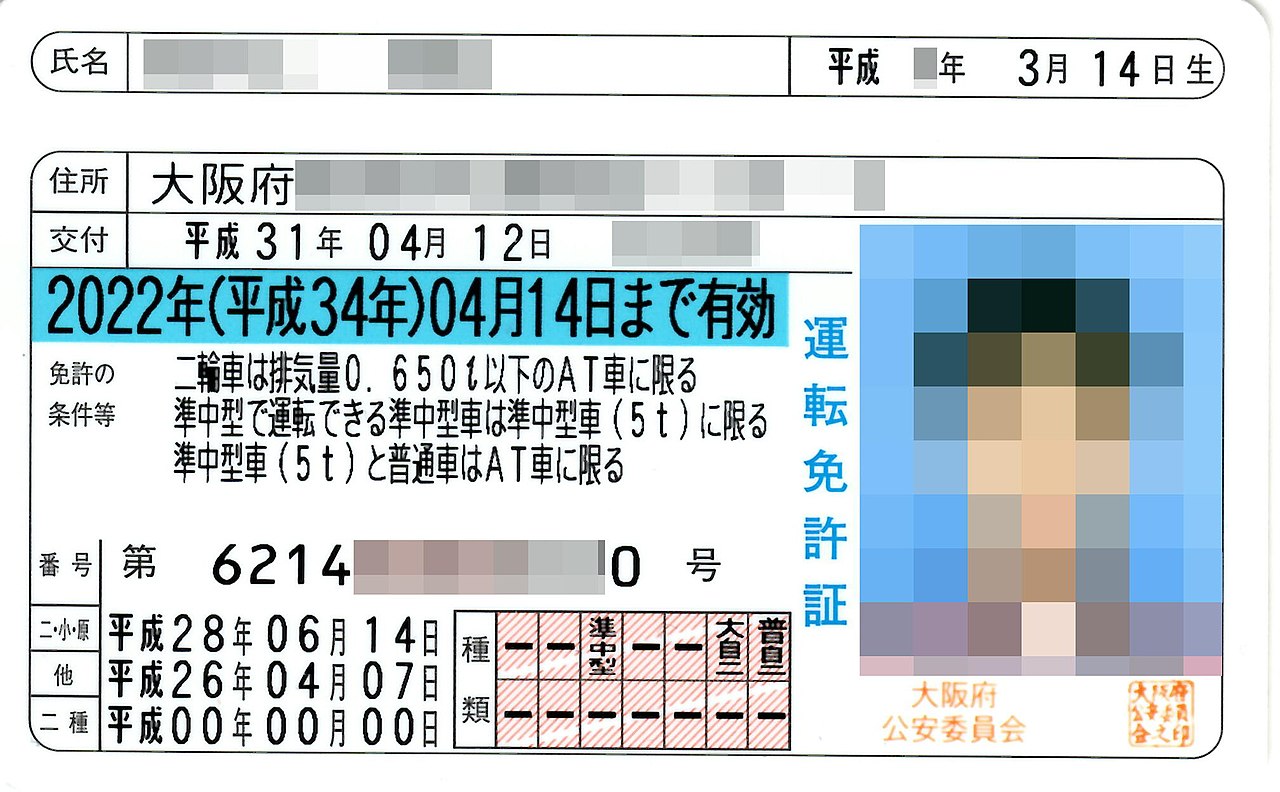If you cannot convert a foreign license, whether you do not have one or the license center will not accept yours for whatever reason, you will likely need to attend a driving school. Navigating the process of obtaining a new driver’s license in Nagoya can be a unique experience, especially for those unfamiliar with the Japanese driving system. Japan is known for its stringent and thorough approach to driver education and testing, and Nagoya is no exception. Here’s a basic guide on how to get a new driver’s license in Japan.
Types of Licenses
- Class 1 Driver’s License: You can drive both manual and automatic transmission vehicles.
- AT Class 1 Driver’s License: Restricted to automatic transmission vehicles, which is sufficient for most drivers since most cars in Japan are automatic.
Step 1: Choose a Driving School
The most common route to getting a driver’s license in Japan is enrolling in a designated driving school. These schools are strategically located across Japan and offer comprehensive training programs. We have no particular recommendation for you here, I guess search it up online?
What to Expect:
- Classroom Instruction: Gain theoretical knowledge about driving rules, road safety, and vehicle mechanics.
- In-Car Instruction: Begin with lessons on the school’s driving course, progressively moving to actual road driving as your skills improve.
Step 2: Complete Required Lessons
Both types of licenses require a set number of classroom and in-car lessons:
- Class 1 Driver’s License: 26 classroom lessons and 34 in-car lessons.
- AT Class 1 Driver’s License: 26 classroom lessons and 31 in-car lessons.
Each lesson typically lasts 50 minutes. The practical training will cover various aspects of driving, including handling, parking, highway driving, and responding to different road conditions.
Step 3: Midterm Exam and Learner’s Permit
After reaching a certain proficiency level, you’ll take a midterm exam. Passing this allows you to acquire a learner’s driving permit, enabling you to practice driving on public roads under supervision.
Step 4: Final School Exam
Upon completing all the required lessons, you must pass a final exam conducted by the driving school. This exam assesses your driving skills and readiness for the official licensing test.
Step 5: Written and Practical Tests at the Licensing Center
After passing the driving school’s final exam, proceed to the local police station’s licensing center to take the official written and practical tests.
Key Points:
- Written Test: Covers traffic rules, road signs, and situational judgment. Passing this test is crucial to move forward in the licensing process.
- Practical Test: Demonstrates your driving ability on a designated course. It assesses various skills, including maneuvering, obeying traffic rules, and handling different driving scenarios.
Cost and Duration
- Cost: Obtaining a Class 1 Driver’s License costs about 300,000 yen. An AT Class 1 License is slightly cheaper.
- Duration: If commuting to a driving school, expect to spend about two to three months completing the course.
- For information purposes on pricing only: www.e-chubu.jp/eng
Alternative Option: Driving Camps
Consider enrolling in a driving camp for a more intensive and potentially faster route. These camps offer concentrated learning experiences, usually lodging and meals, allowing you to focus solely on your driving education.
Conclusion
Getting a driver’s license in Japan requires commitment, time, and financial investment. The process ensures that all drivers are well-equipped with the necessary knowledge and skills to navigate Japan’s roads safely. Whether opting for a traditional driving school experience or an intensive driving camp, the journey to obtaining a Japanese driver’s license is an invaluable investment in your safety and mobility in the country.
ja:User:321keiHIKARI, Public domain, via Wikimedia Commons




